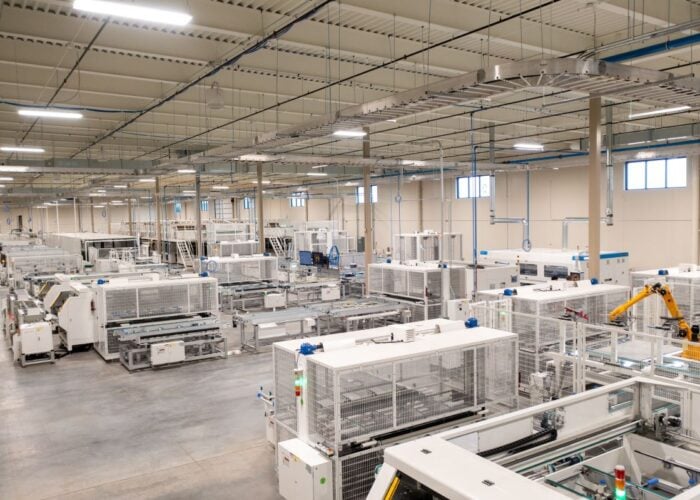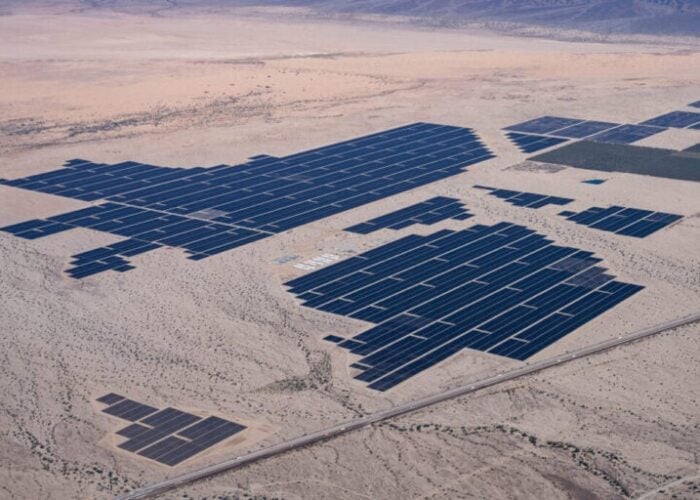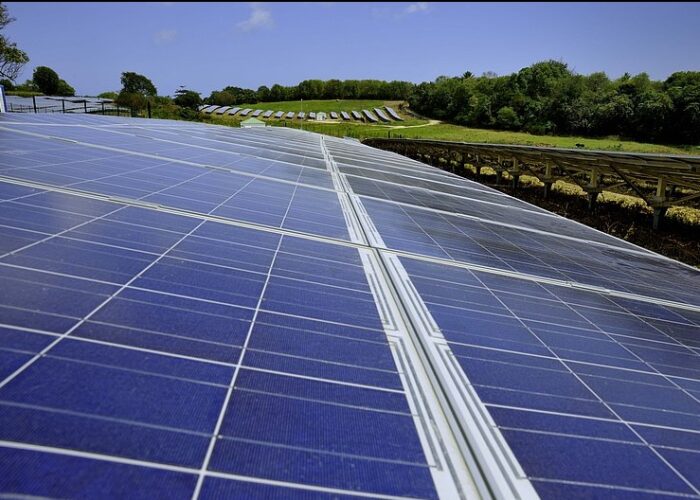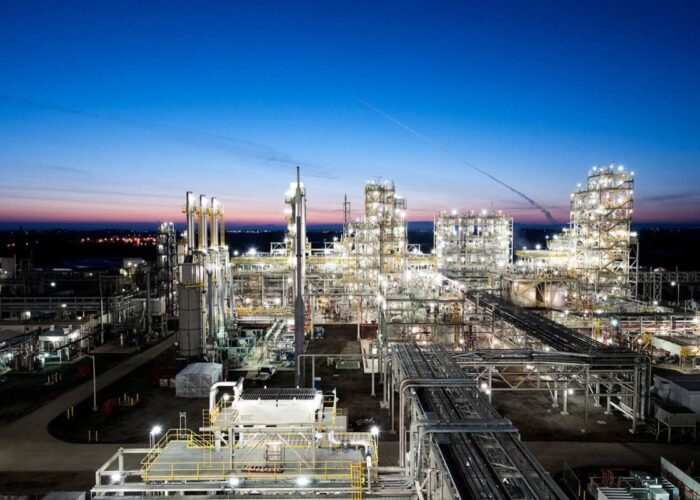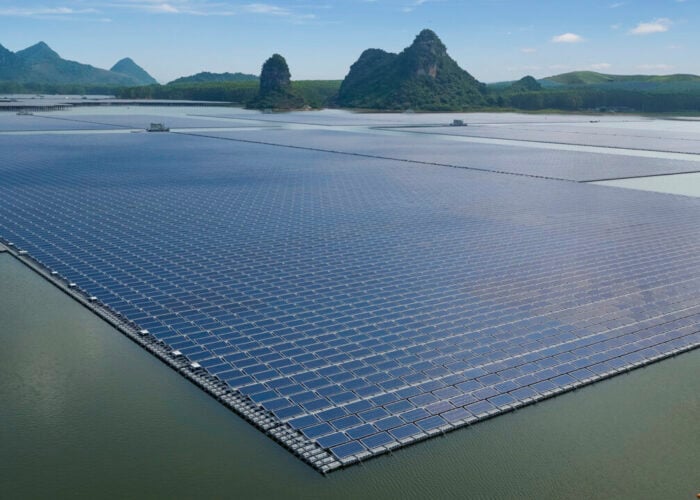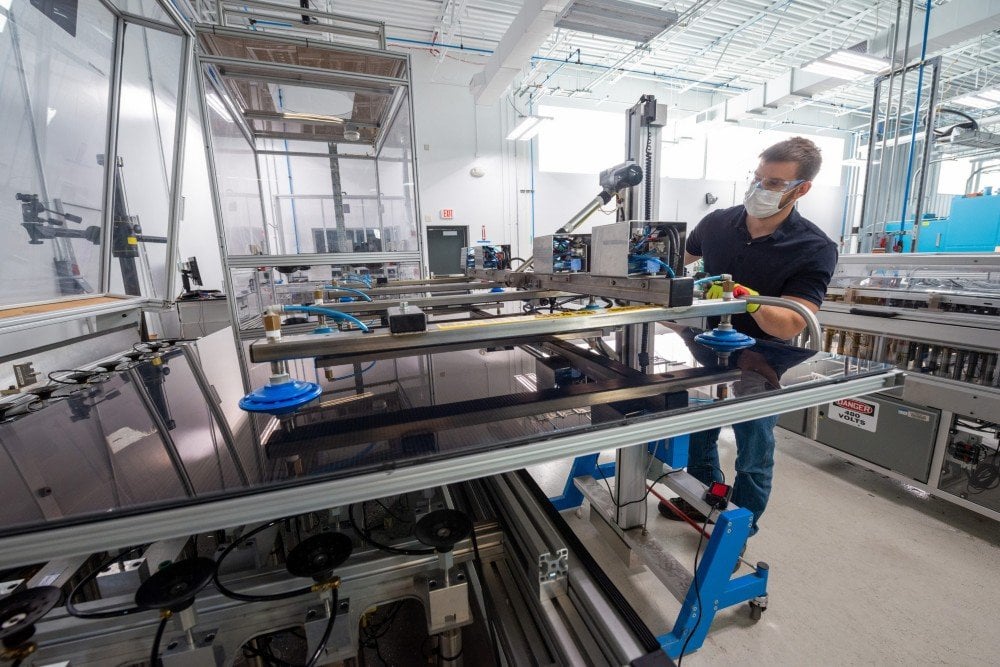
In 2024, the US solar manufacturing sector changed rapidly, with a number of policies coming into effect to encourage greater investment in the industry, and build a more independent solar supply chain in the US. However, the world’s supply chain remains a global proposition, and the upcoming presidency of renewable power critic Donald Trump raises questions about the future of solar manufacturing in the US. PV Tech spoke to Mike Carr, executive director of the Solar Energy Manufacturers for America (SEMA) Coalition, about the 2024 performance, and 2025 outlook, of US solar manufacturing.
PV Tech: What were the biggest highlights or milestones of 2024 and why?
Unlock unlimited access for 12 whole months of distinctive global analysis
Photovoltaics International is now included.
- Regular insight and analysis of the industry’s biggest developments
- In-depth interviews with the industry’s leading figures
- Unlimited digital access to the PV Tech Power journal catalogue
- Unlimited digital access to the Photovoltaics International journal catalogue
- Access to more than 1,000 technical papers
- Discounts on Solar Media’s portfolio of events, in-person and virtual
Mike Carr: The biggest highlights of 2024 include regulatory action and clarifications implementing the domestic content bonus, the 45X Advanced Manufacturing Production Tax Credit (AMPTC) and the 48D CHIPS investment tax credit for solar ingot/wafer manufacturers.
We made some critical advances on these rules, but challenges remain. For example, Treasury’s initial guidance ignored the critical pieces of the solar supply chain and subsequent updates have only partially fixed the problem, creating significant uncertainty for investors and delaying the buildout. We continue to urge Treasury to revise its proposed table to incentivise domestic production of upstream components.
Notably, in October, Treasury indicated that it does intend to propose revised domestic content tables to incentivise US wafer production. The final CHIPS ITC rules released in October were a major highlight, illustrating the interconnectedness between the solar and semiconductor supply chains, and helping solar manufacturers unlock the full potential of this credit. The final rules supporting American solar component production also provided helpful direction and guardrails, but issues remain with the treatment of tandem technology.
Finally, trade policy played a significant role in 2024, with the removal of the bifacial loophole in the Section 201 tariffs, new solar 301 tariff actions and the initiation of the new antidumping and countervailing duty case, all helping combat predatory trade practices from China’s solar companies.
Overall, positive movement on domestic content, the 45X AMPTC, the CHIPS ITC, and trade rules in 2024 helped drive further investment in domestic solar manufacturing capacity, push the US to meet our economic and national security goals, and enable American workers to better compete with Chinese-controlled entities.
What were the biggest hurdles or challenges for 2024 and why?
The biggest obstacle for the solar industry in 2024 was the uncertainty of the tax and trade policy and landscape. Investor uncertainty, particularly with the domestic content bonus, delayed investments. Rules released later in the year were helpful, but uncertainty is again heightened after the 2024 election.
Looking ahead to 2025, what do you foresee as the biggest opportunities?
President Trump’s initial commitments to confront China’s predatory trade practices in his first term helped set the foundation for a major solar manufacturing reshoring effort that is just truly beginning. President Trump now has the opportunity to help open new solar manufacturing factories and deploy affordable American-made solar to meet our increasing energy demand. With president Trump’s continued leadership, the SEMA Coalition is confident the US can succeed in outcompeting its Chinese rivals and unleash American energy dominance.
What do you foresee as the biggest challenges on the horizon in 2025?
While the Trump administration has signalled that it is focused on increasing domestic manufacturing and energy production, there remains a fair amount of uncertainty about how the new Congress will handle tax legislation. As the cheapest source of energy and quickest to build, solar’s dominance of new electricity generation in the US is inevitable, but China’s subsidies put them ahead of the game.
The question for Congress is, do we want to deploy Chinese solar panels or panels made in America? The US has a three-legged policy stool to level the playing field with China: tariffs, the 45X AMPTC and the related domestic content bonus. If we secure a level playing field, American solar manufacturers can compete with Chinese manufacturers and win the technological and innovation race in this dominant new form of energy.
What would be the single most important thing that could happen in 2025 that would advance either your own organisation or the wider market?
The incoming administration and Congress must continue tax cuts that are supporting new factories while ending the ability of Chinese companies to receive American taxpayer dollars. Long-term certainty for members of the SEMA Coalition to claim the 45X AMPTC and continue benefiting from the domestic content bonus would ensure that the more than 40,000 jobs in the solar supply chain are secure.

